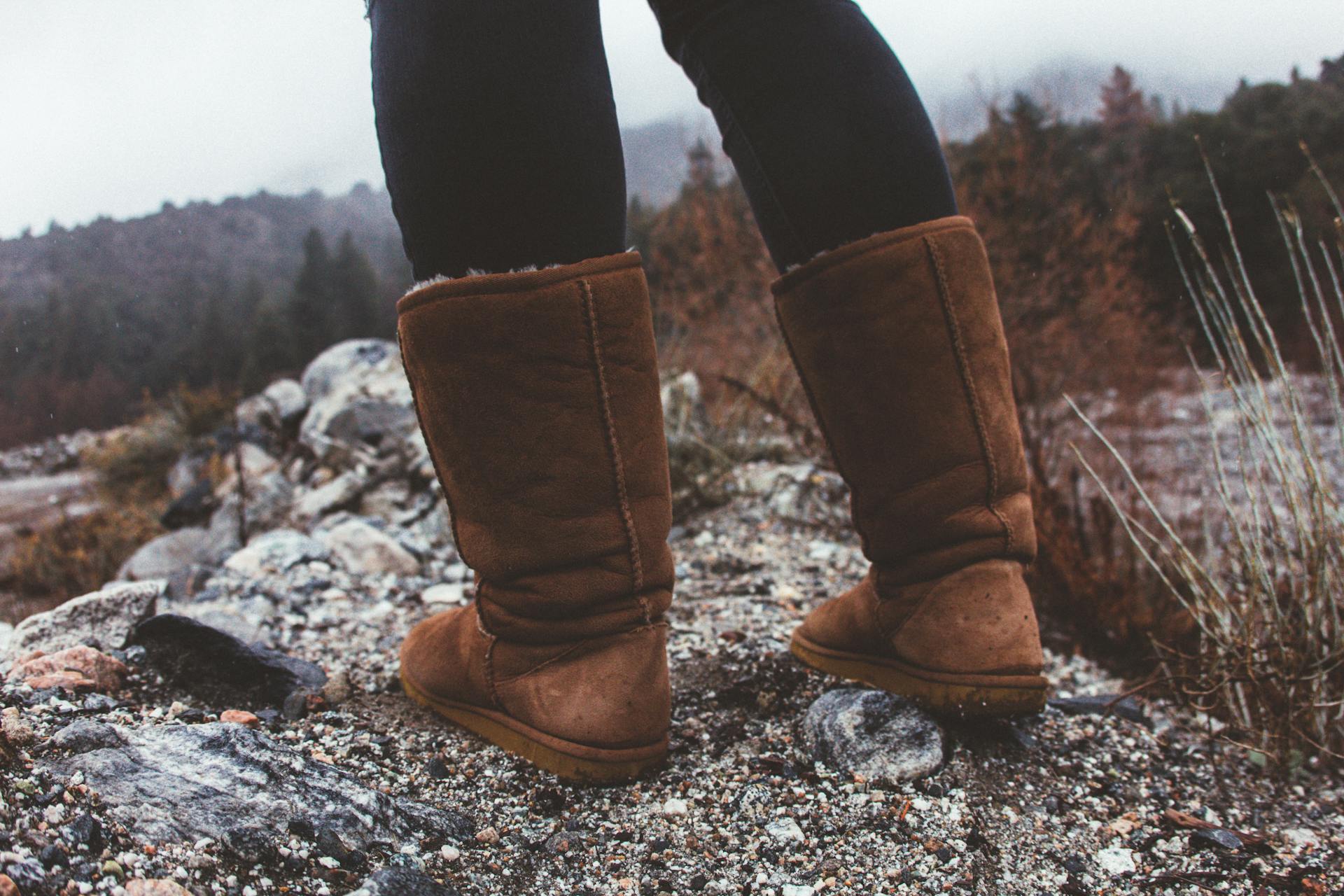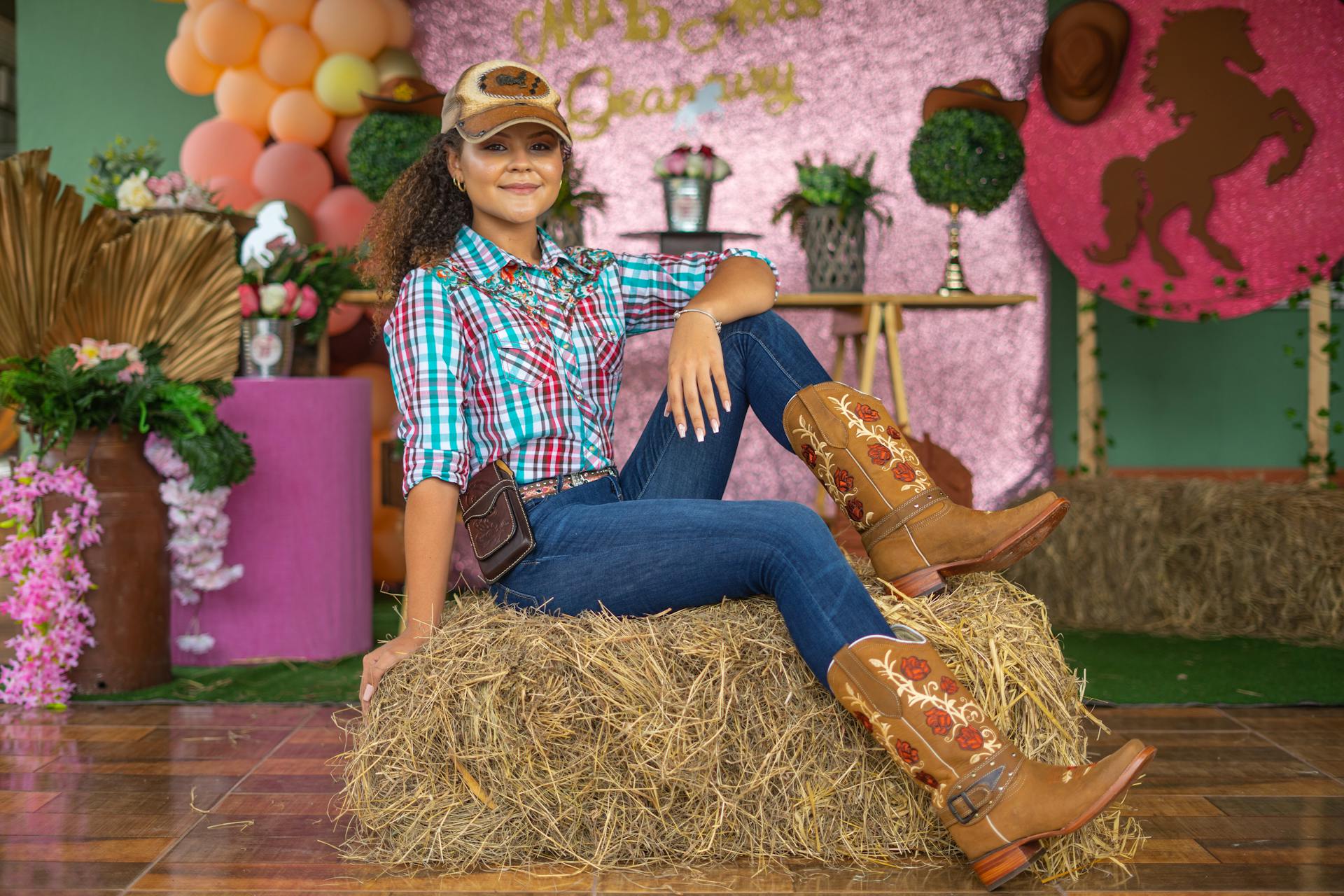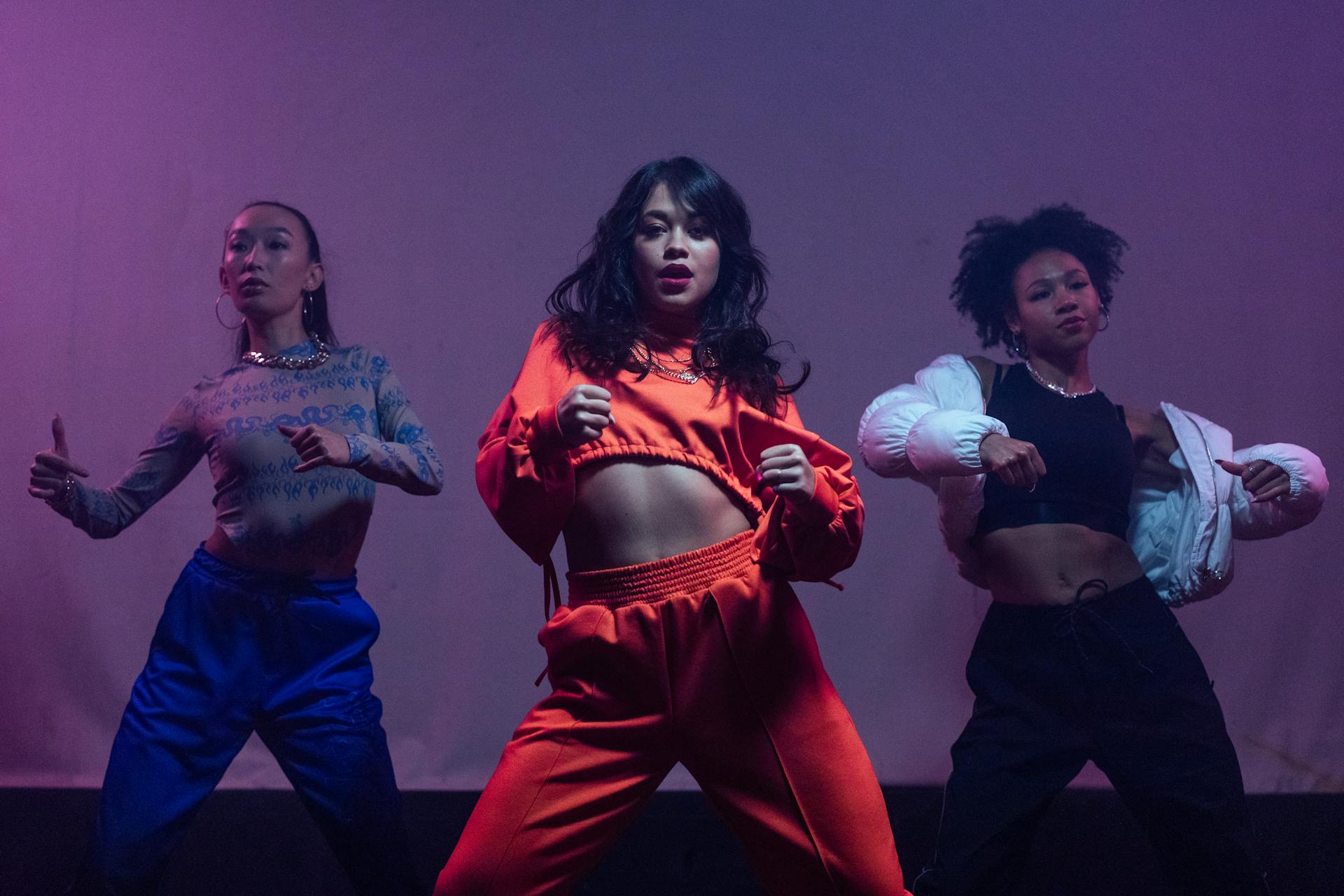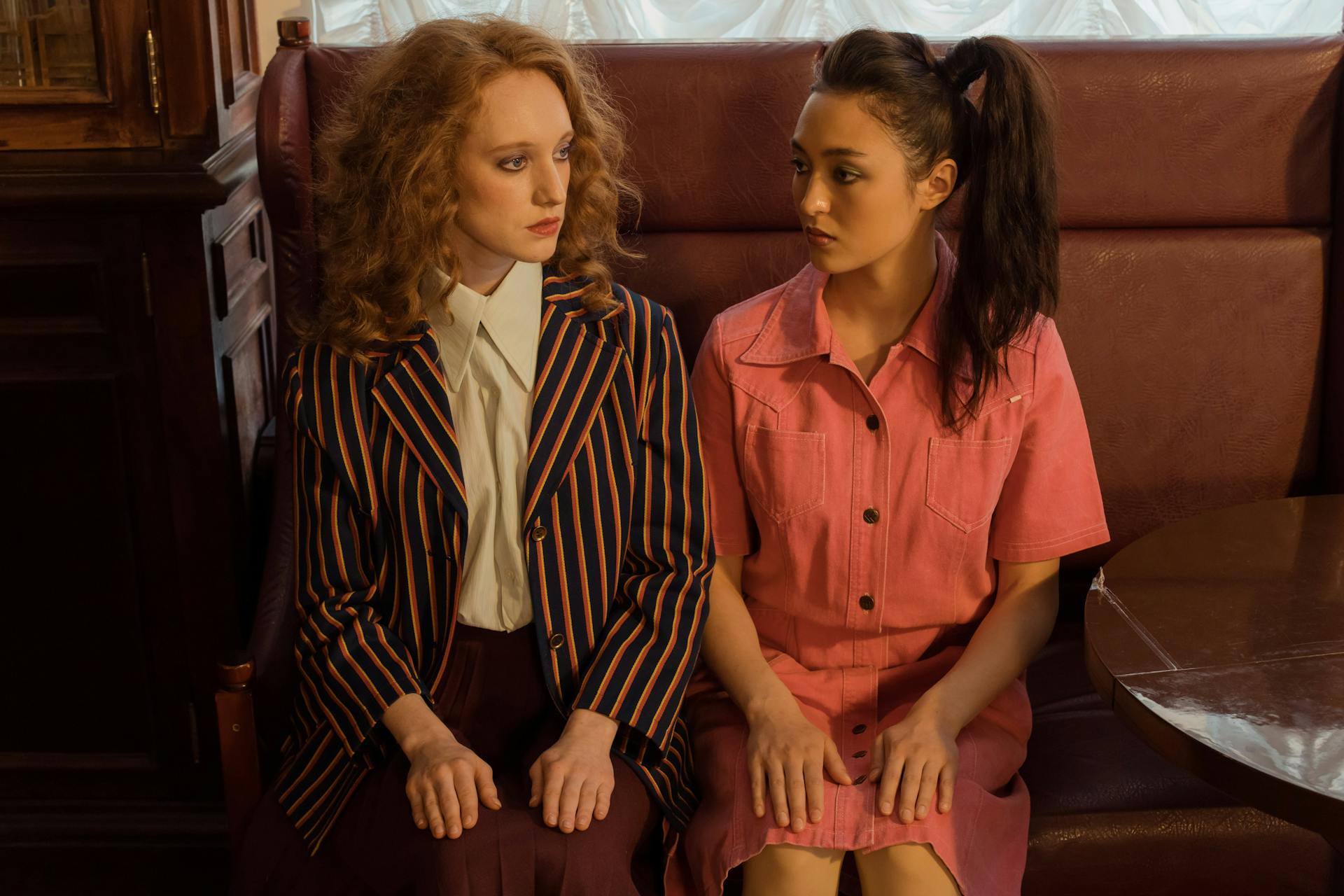
The COVID-19 crisis has hit the global textile and apparel industry hard. However, the fashion world is getting better and more sustainable, according to recent studies.
The coronavirus pandemic has shut down businesses, retail stores, garment factories, and millions of people lost their livelihood. Luckily, many fashion brands and retailers are now slowly recovering.
Panaprium is proud to be 100% independent, free of any influence, and not sponsored. We carefully handpick products from brands we trust. Thank you so much for buying something through our link, as we may earn a commission that supports us.
The state of fashion post-COVID-19

Stores are opening up again and consumers have started to spend more. The United States Commerce Department revealed that retail sales have exceeded forecasts for two consecutive months.
"Retail sales are now back to their pre-coronavirus levels. But while today’s report gives the illusion of a fearless consumer spending lavishly, the reality is more sobering: consumers are increasingly fearful amid new spikes in Covid-19 cases and a looming fiscal cliff.”
- Lydia Boussour and Gregory Daco, Oxford Economics, as told to Bloomberg
The green fashion boom

Meanwhile, green fashion is growing stronger than ever. Conscious consumers, particularly Millennials and Generation Z customers, are demanding fashion brands and retailers more sustainability.
The 2020 ThredUp Resale Report highlights that the COVID-19 pandemic has "changed everything". 70 percent of all consumers believe that addressing climate change is even more important due to the crisis.
"For all the challenges COVID posed to our assumptions about consumer behavior, one thing is clear: consumers everywhere are prioritizing value and accelerating the shift to thrift. [...] The youth of the world are more switched on than ever about the health of the planet. With their words, deeds, and dollars, the younger generation is demonstrating a genuine desire to be part of the long-term solution to fashion waste."
- Anthony Marino, ThredUp President
The interest in second-hand clothing is rising among fashion lovers of all ages. It's even growing faster after the pandemic. ThredUp reveals that its website saw more visitors and activity during the crisis and subsequent lockdown than before.
The global resale market is expected to grow five times over the next five years, this year by already 27 percent, whereas overall retail falls 23 percent compared to last year.
For a sustainable fashion future

The fashion industry is changed forever, influenced by increasing environmental awareness and climate urgency. Sustainability is becoming a priority for consumers. And clothing brands need to make changes.
“I think the fundamental shifts happened in the last five to 10 years in terms of the move to online shopping and the popularity of athleisure and secondhand clothing. There will be more questions about how much clothing do we really need and a heightened sense of what we’re putting on our bodies in relation to the environment.”
- Wendy Liebmann, WSL Strategic Retail founder, and Chief Shopper
It's certain that the COVID-19 crisis has accelerated the sustainable fashion trend. The apparel, footwear, and textile industries are faced with unprecedented challenges.
Fashion companies need to make more sustainability efforts to thrive in the market after the coronavirus pandemic, taking massive action to reduce pollution, waste, and carbon emissions.
Otherwise, they will lose market shares, the trust of their employees, suppliers, partners, and customers.
"The pandemic has forced all of us to take a step back and reset our priorities. One key takeaway is that a new transparent model that showcases verified sustainable practices will have an edge over other traditional business models."
- Sanjeev Bahl, Saitex Founder, and Chief Executive Officer
Conscious consumerism is rising. Consumers are asking for more transparency, accountability, and sustainability. More people are concerned with the impact of fashion on the planet, people, and animals.
The digital transformation

Sustainability was already gaining popularity over the past few years but the pandemic has quickened the need for change. It has also brought down dozens of brick and mortar retailers in favor of e-commerce.
Foot traffic continues to decline as customers are getting more accustomed to online and self-service shopping. Digitalization is a big opportunity.
“The trend towards e-commerce, and the convenience of buy online, pick up in-store, was happening before COVID occurred. And what COVID did was accelerate that trend. What we predicted would take two to three years to happen, happened in a few months.”
- Barbara Kahn, Professor of Marketing at the Wharton School of the University of Pennsylvania
It's time for fashion brands and retailers to leverage digital technologies to enhance the customer shopping experience and be more transparent about their sustainability efforts.
Was this article helpful to you? Please tell us what you liked or didn't like in the comments below.






























0 comments